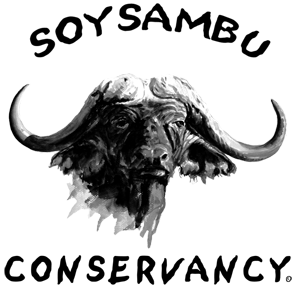The aim of the survey was to provide understanding on meso and small mammals of the Soysambu conservancy. This is aimed at enhancing conservation given that several species in this category have potential in use in monitoring for habitat change.
Assorted traps including mist nets for bats, tomahawk and Sherman for mammals were used.
The traps were set in selected habitats that reflect habitat categories in the range.
Immediate output of this short survey is a species inventory and a poster which we could co-authored by National Museums of Kenya and Soysambu Conservancy for conservation/research office to support decision making by the management. A longer survey will follow to exhaustively record all species in the Soysambu Conservancy.
The survey was done from Friday evening to Sunday evening. The rodents were measured dissected,sampled and preserved.




















